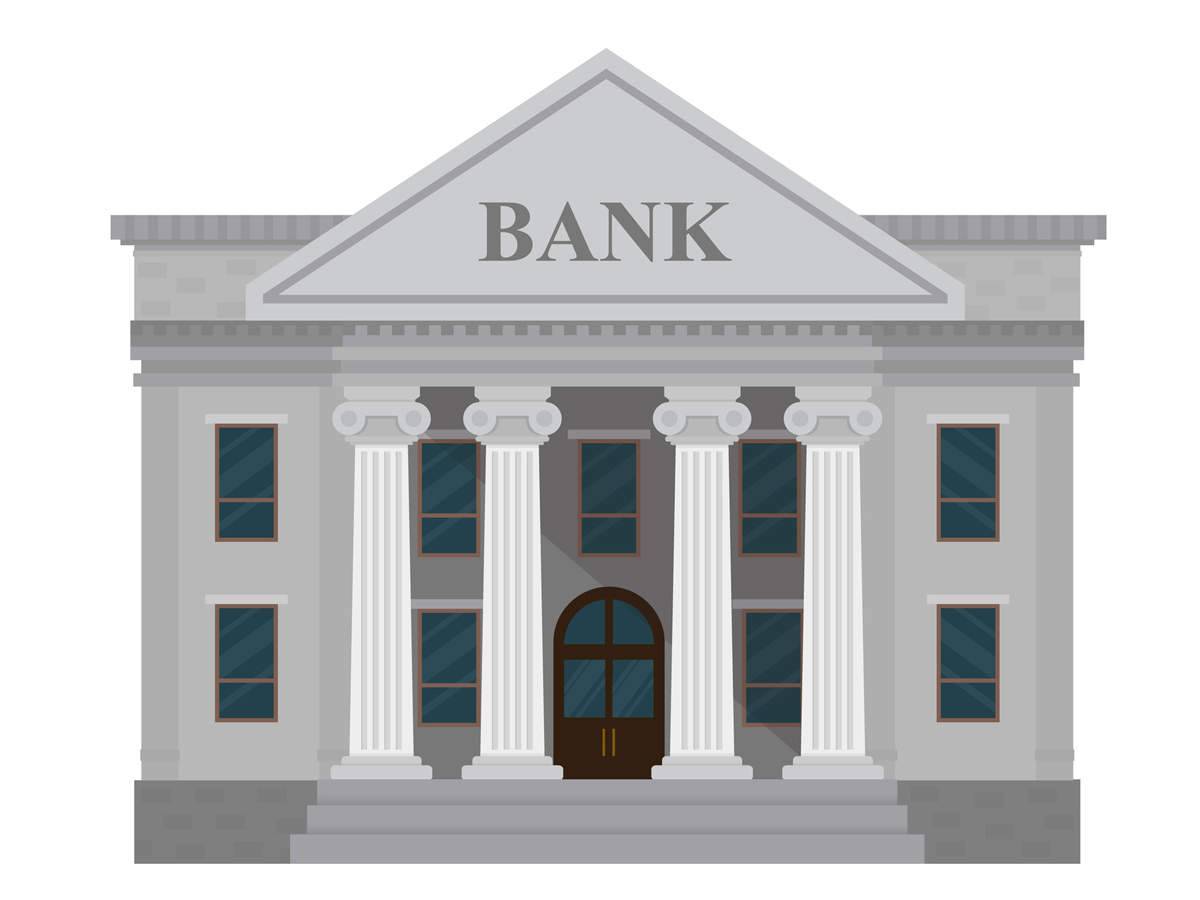
Banks and Sustainability
The ongoing COVID-19 pandemic is causing unprecedented disruptions to economic activities across countries, and India is no exception. The pandemic has severely affected and continues to disrupt global value chains, production, trade, services, and MSMEs thereby affecting overall growth and welfare.
India, due to its stringent lockdown, lost much of its economic output, so much so that its economy had contracted by 23.4% in the first quarter and by 7.3% in the overall financial year 2020-21. With the economy crippled to such an extent, how has the financial sector in the third-largest economy still fared a question of deliberation?
In its lowest growth since 1965, the loan portfolio of the banking system this year grew by just 5.6 percent. Given the circumstances that had been thrust upon the economy, RBI had introduced a moratorium on repayment of loans and had allowed banks to restructure loans to ease debts. Is due to this reason; we saw sluggish growth in the loan portfolios of different banks. On top of it, the government had guaranteed an Rs. 3 trillion emergency credit line to the troubled sectors.
Despite the existing challenges, some banks did record growth in bank credit but however, but that was driven by personal loans and credit to agriculture and allied activities. The loans to the MSMEs segment too grew due to the government’s guaranteed schemes. Thus, the net profit of some listed Indian banks during the financial year 2021 has more than doubled, growing from Rs 41,038 crore to Rs 1.03 trillion. But is this a façade or has the Indian financial system actually, finally cracked the solution to its archaic detestable problem of the NPAs?
With soaring profits at the moment, many might presume that India has finally cracked a solution to its draconian problem, but is such a trend sustainable? In January, the RBI’s last Financial Stability Report (FSR) had estimated that banks’ gross NPAs may rise to a humungous 13.5 per cent by September 2021, from 7.5 per cent in September 2020, under the baseline scenario. Additionally, in a severe stress scenario, these can rise to 14.8 per cent. Thus, till March, the banks could hold on to such a façade but not all of them will be in a position to stomach the impact of the second wave of the pandemic.
To mitigate the effects of the second wave, a sound banking system is a sine qua non for maintaining financial stability, which can be achieved by lifting off the dead weight of non-performing assets from its balance sheets. While there is no universally acknowledged official ‘acceptable’ limit for NPAs, bad loans within 3% are considered manageable.
Merely aiming to reduce NPAs is no solution. Realizing that better NPA recognition has become the need of the hour, RBI has begun conducting asset quality reviews across banks to ensure that the problem is addressed well in time rather than stretched or swept under the carpet. However, the extent of bad loans is yet to surface. Loan moratoriums and rescheduling have kept NPAs at bay.
Many corporates have suffered severely, but nobody knows what exactly is happening. The real damage shall bring to the surface over the next few quarters, as vaccine campaigns have ramped up and with COVID (hopefully) gone away, corporates shall begin to disclose their annual results and banks compelled to label their problem loans as NPAs.
Besides RBIs vigilance, Indian Public Sector Banks have entered a full-fledged consolidation mode wherein 27-odd public sector banks (PSBs) amalgamated into 10 large banks. The anchor banks such as Union Bank of India, Punjab National Bank, Indian Bank and Canara Bank are in the process of the branch and people rationalization, technology integration and stressed loan strategy etc.
Although PSBs took the blame for poor corporate governance and leadership, the private sector’s weak links are also exposed with Chanda Kochhar and Rana Kapoor coming under the radar for corruption charges or violating the service rules. Similarly, the mounting NPAs in their balance sheets indicate bad lending practices.
Investor sentiments are at an all-time low and it is also becoming evident how difficult it is going to be for banks all over the world to maintain good assets and good earnings. Additionally, despite banks’ provisioning of bad debts recovery is a long road ahead. This delay can be expected due to logjams in courtrooms and Tribunals thereby leading to ineffective recovery legislation at the grassroots level.
Due to the shutdowns and income slowdown, many repayments of loans, especially in Europe, United States, may cease leaving the banks dry. However, banking institutions are under immense pressure to ensure a business-as-usual amidst the lockdown and health crises. What were earlier their assets now would become a big risk and therefore necessitating the need to go beyond traditional modes of business vigilance to rise from the ashes left behind by the pandemic.
Tags: sustainable banking, sustainability in banking sector, banks and sustainability, sustainability in banking industry, economic activities, economic output, financial sector
